
What is Machine Learning? A Simple Guide
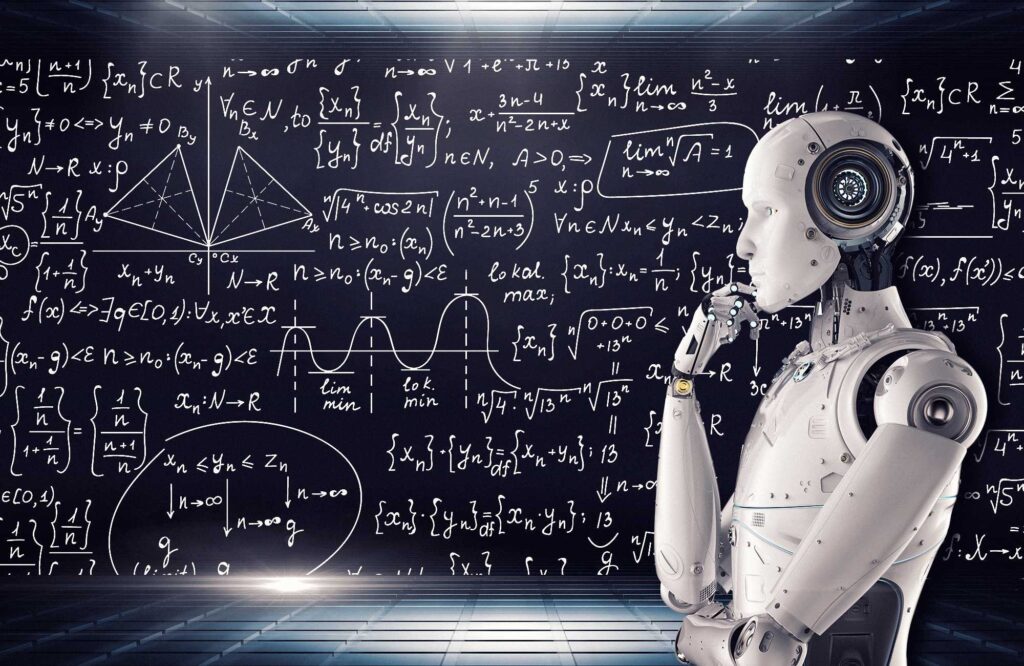
Ever wondered how your phone knows which photos to show you first, or how Netflix always seems to know what you want to watch next? The answer lies in machine learning—a fascinating technology that’s quietly revolutionizing our world.
What Exactly Is Machine Learning?
Imagine teaching a friend to recognize your favorite type of music. You’d play them dozens of songs you love, and eventually, they’d start understanding your taste well enough to recommend new tracks you might enjoy. Machine learning works the same way, except the “friend” is a computer, and instead of music, it can learn to recognize anything from faces in photos to patterns in financial markets.
At its core, machine learning is simply a way of teaching computers to make predictions or decisions by learning from examples, rather than following pre-programmed rules.
The Magic Behind the Scenes
Here’s how the process unfolds:
Step 1: Feeding the Brain
First, we give the computer massive amounts of data—think thousands of photos, millions of customer transactions, or years of weather records. This data becomes the computer’s learning material.
Step 2: Finding the Patterns
The computer analyzes all this information, searching for hidden patterns and relationships. It might discover that people who buy coffee also tend to buy pastries, or that certain cloud formations predict rain.
Step 3: Making Smart Guesses
Armed with these patterns, the computer can now make intelligent predictions about new situations it hasn’t seen before. Show it a new photo, and it can guess if there’s a cat in it. Give it a new customer’s shopping history, and it can suggest products they might want.
Machine Learning in Your Daily Life
You interact with machine learning more often than you might think:
Your Digital Assistant: When Siri understands your voice or Google translates text from another language, machine learning is converting sounds and symbols into meaning.
Smart Recommendations: YouTube suggests videos, Amazon recommends products, and Spotify creates playlists—all by analyzing what you and millions of similar users have enjoyed before.
Safety and Security: Your bank’s fraud detection system uses machine learning to spot suspicious transactions by recognizing patterns that don’t match your usual spending habits.
Transportation: Uber calculates your fare and arrival time by analyzing traffic patterns, while ride-sharing apps match you with nearby drivers using location data and demand predictions.
The Three Learning Styles
Machine learning systems learn in three main ways:
Learning with a Teacher (Supervised Learning)
This is like studying with flashcards where you know the right answers. We show the computer thousands of examples with the correct labels—photos marked “dog” or “cat,” emails labeled “spam” or “legitimate.” The computer learns the patterns that distinguish between these categories.
Learning by Exploration (Unsupervised Learning)
Here, we give the computer data without any labels and let it discover hidden patterns on its own. It might group customers into different categories based on their shopping habits, or identify unusual patterns in network traffic that could indicate security threats.
Learning by Trial and Error (Reinforcement Learning)
This resembles training a pet with treats and corrections. The computer tries different actions and receives feedback—positive rewards for good decisions, negative feedback for poor ones. This is how AI systems learned to master games like chess and Go.
Why Machine Learning Matters
The real power of machine learning lies in its ability to handle tasks that are easy for humans but difficult to program explicitly. How do you write code to recognize a face in a photo? Or to understand the emotion in someone’s voice? These challenges require the pattern-recognition capabilities that machine learning provides.
Consider medical diagnosis: A machine learning system can analyze thousands of X-rays in minutes, potentially spotting early signs of diseases that might take human doctors much longer to identify. In agriculture, these systems help farmers monitor crop health across vast fields using satellite imagery. In climate science, they process enormous datasets to better understand and predict weather patterns.
Separating Fact from Fiction
Despite popular portrayals in movies, machine learning isn’t about creating super-intelligent robots that will take over the world. Current systems are highly specialized—a program that excels at recognizing faces can’t suddenly start composing music or predicting stock prices.
These systems also aren’t perfect. They can make mistakes, especially when faced with situations very different from their training data. They can also inadvertently perpetuate human biases if the data they learn from contains prejudices or inequalities.
Most importantly, machine learning is designed to augment human intelligence, not replace it entirely. Radiologists still interpret medical scans—they just have powerful tools to help them spot details they might miss. Financial advisors still counsel clients—they simply have better data analysis to inform their recommendations.
The Road Ahead
We’re still in the early chapters of the machine learning story. Just as smartphones evolved from simple communication devices to powerful pocket computers, machine learning will likely become more sophisticated and integrated into our daily lives.
Future applications might include personalized education systems that adapt to each student’s learning pace, smart cities that optimize traffic flow and energy usage in real-time, or medical treatments tailored to individual genetic profiles.
The key is approaching these developments with both excitement and wisdom—understanding the potential while remaining thoughtful about implementation and implications.
Your Role in the Machine Learning World
Understanding machine learning isn’t just about satisfying curiosity—it’s about becoming an informed participant in our technology-driven society. As these systems become more prevalent, knowing their capabilities and limitations helps you make better decisions as a consumer, professional, and citizen.
Whether you’re wondering why certain ads appear in your social media feed, considering how to protect your privacy online, or thinking about career paths in our evolving economy, a basic understanding of machine learning provides valuable context.
The future isn’t about humans versus machines—it’s about humans working alongside intelligent systems to solve problems and create opportunities we never thought possible. And that future is already beginning today, one algorithm at a time.



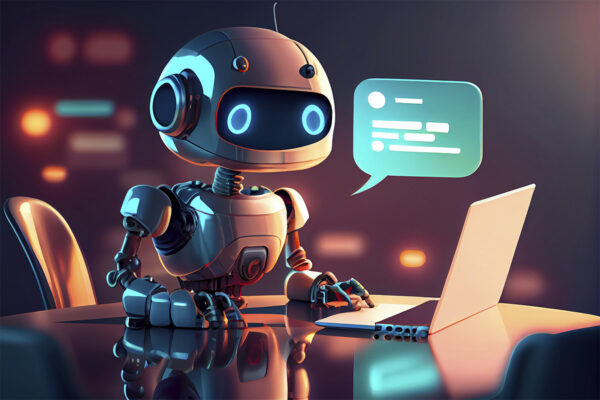
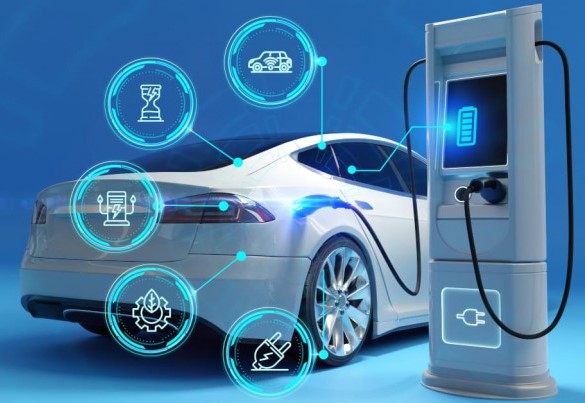
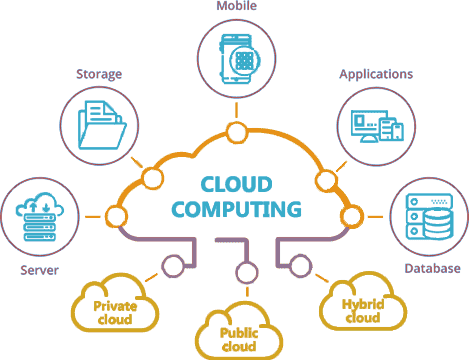


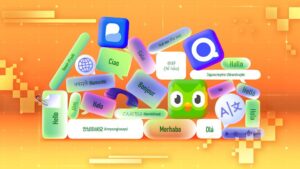
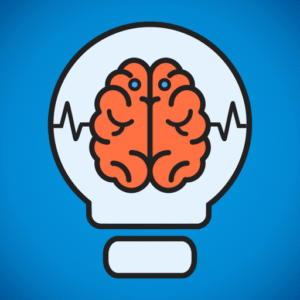






1 comment